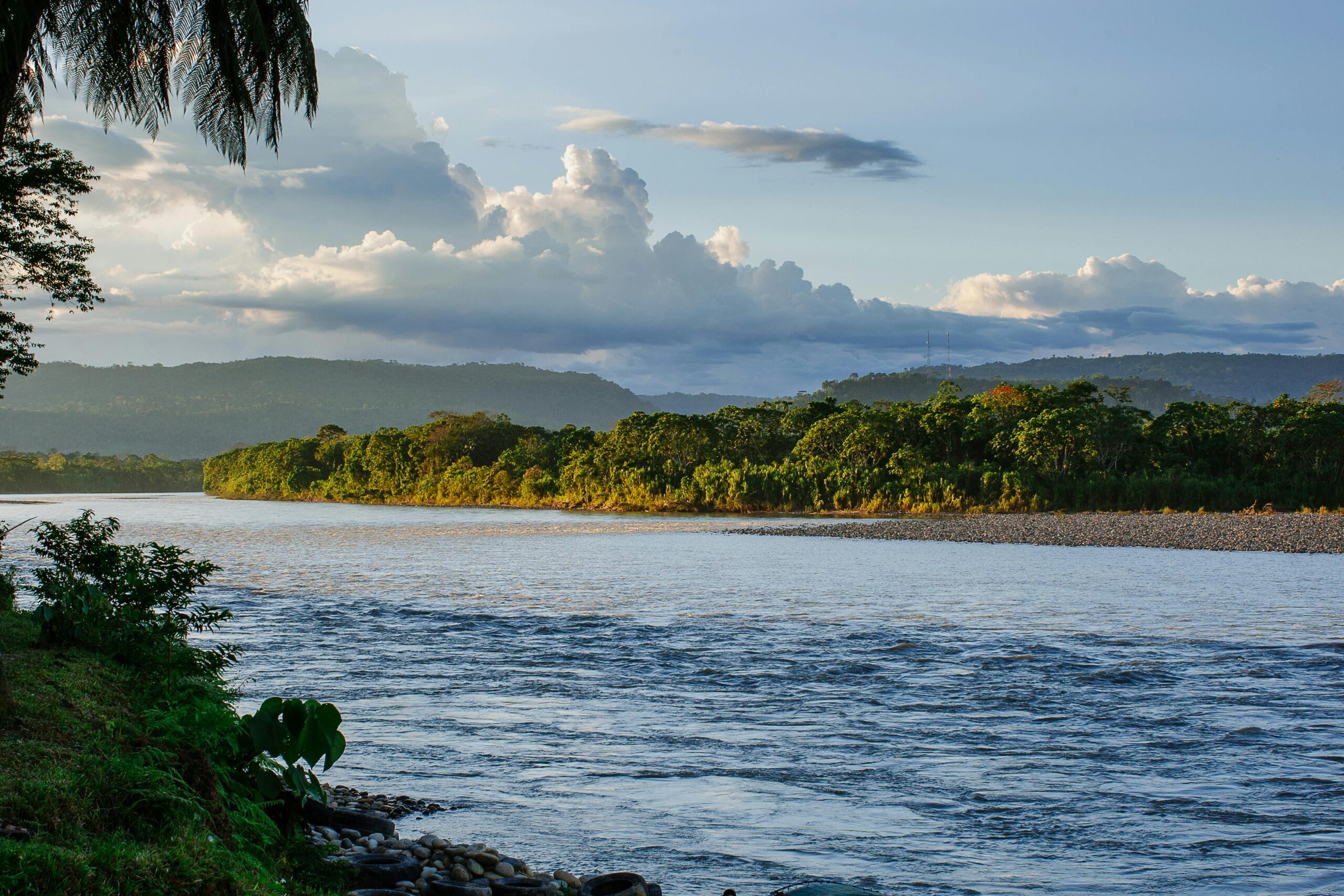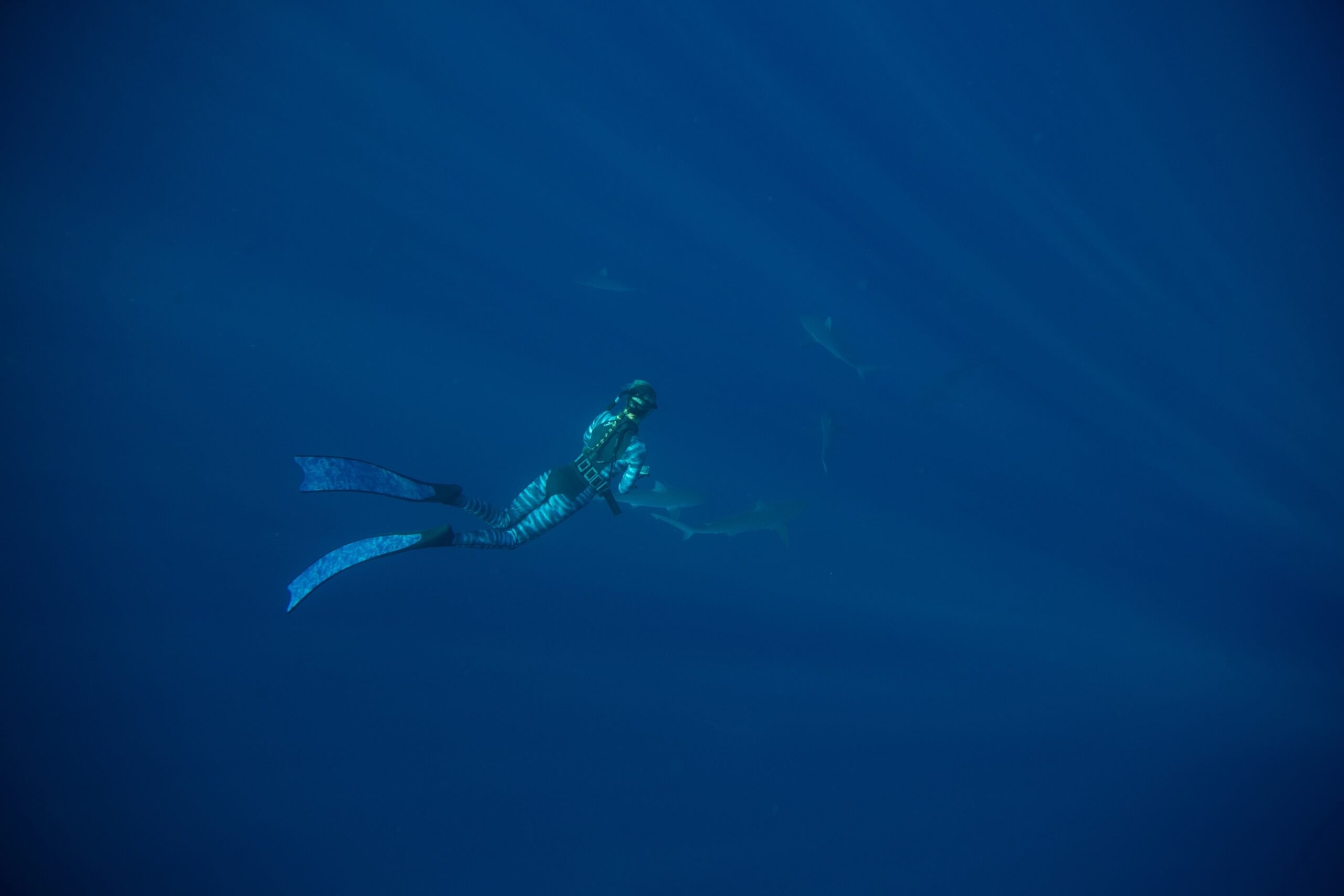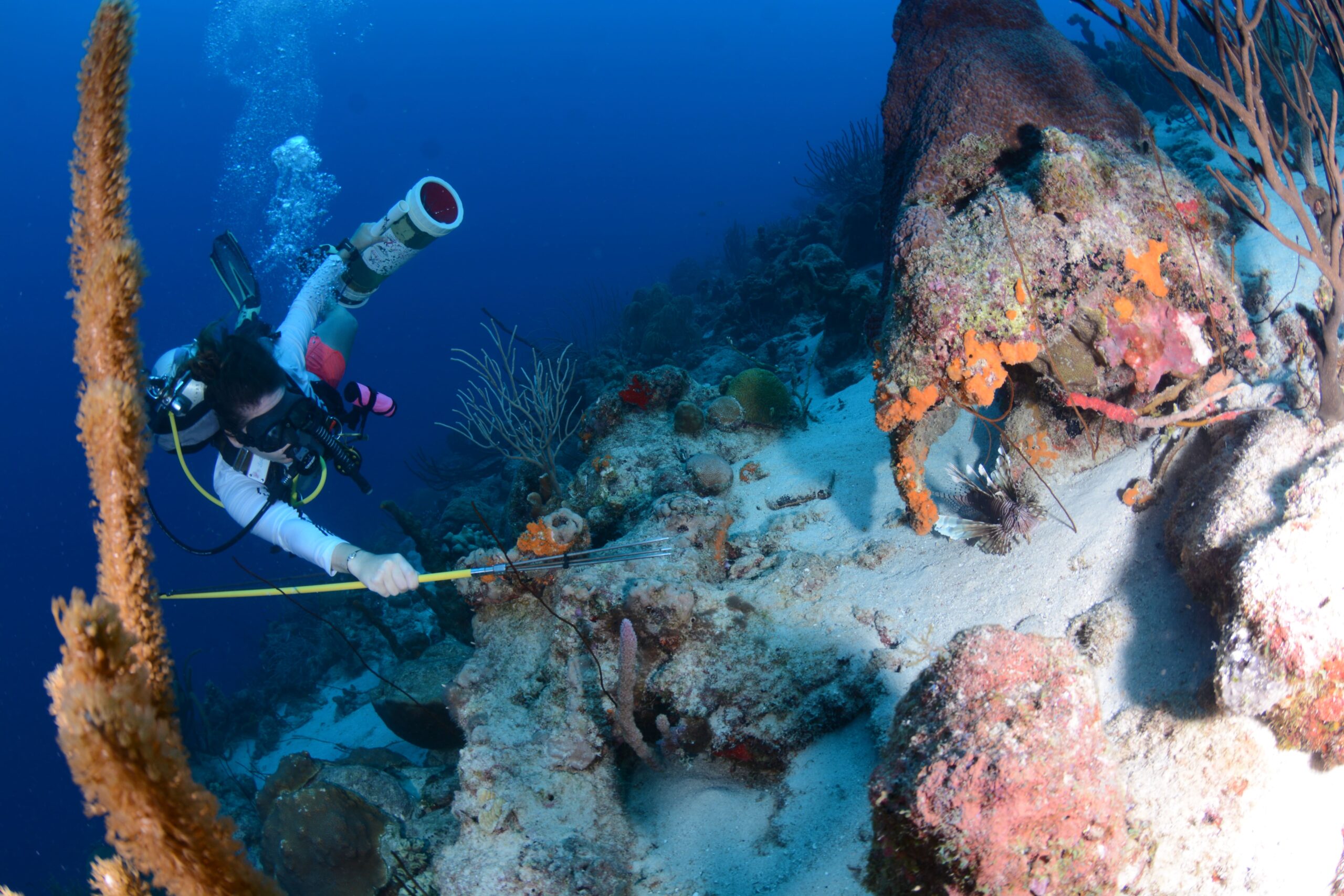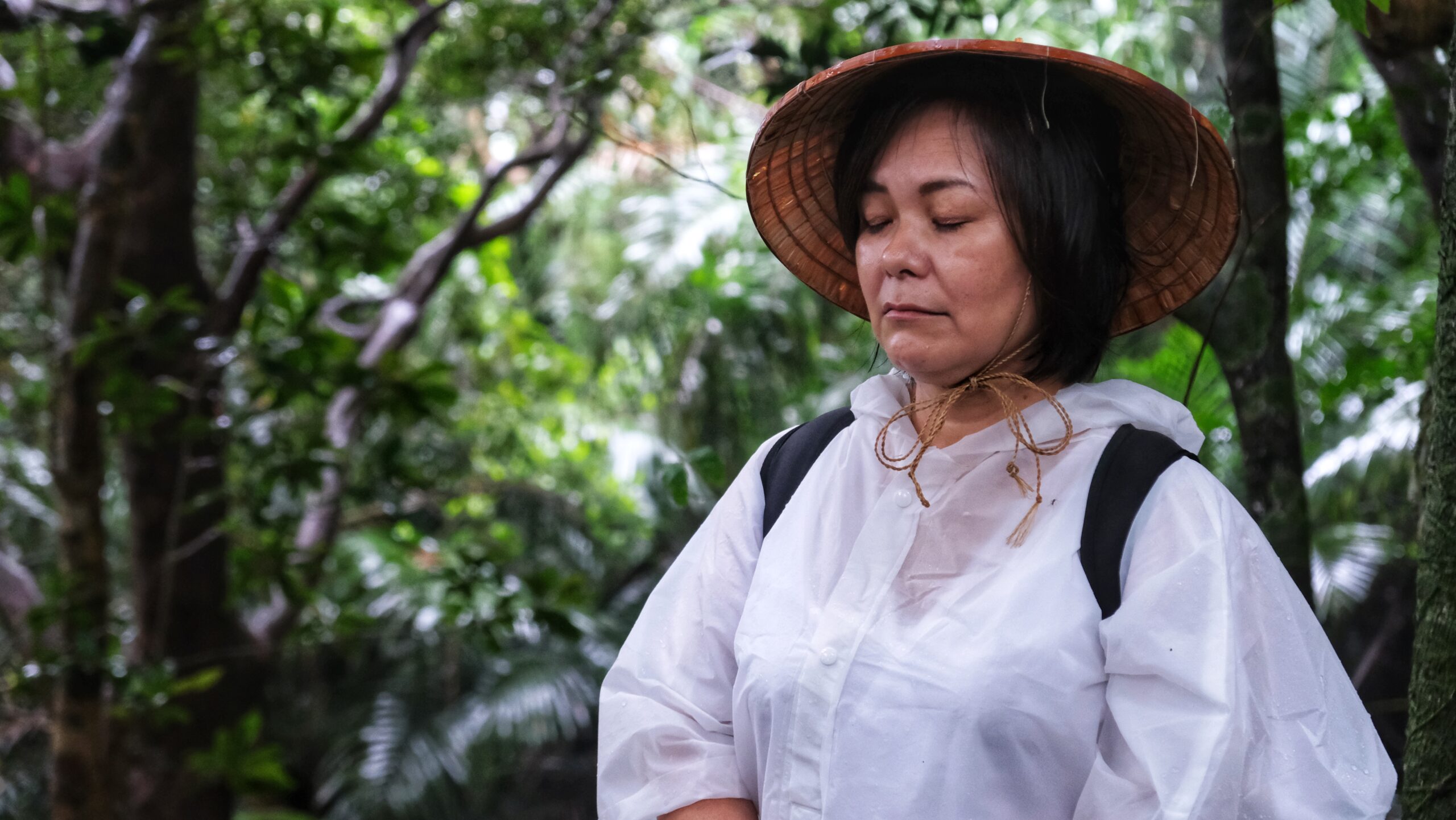NORTH STARS:
Wildlife Ecosystems
Certifications
Community Support
“From charming open courtyards to picturesque gardens, every corner of the hacienda tells a story of its past as an agricultural estate.”
The first thing you notice in Ecuador’s Amazon region is the lack of silence. In fact, it’s noisy. The near-constant hum of nature buzzing, chirping, moving, living, breathing – it flows all around. Like New York City, the Amazon never sleeps. This is the Ecuador I discovered on a group trip several months ago. If you’re a traveler like me, craving an adventure but in need of a companion or three, Intrepid Travel offers excellent options. As the world’s largest small group adventure travel company, they organize sustainable, mindful journeys that promise authentic and unforgettable experiences across the globe.
I experienced one of this B-Corp certified organization’s “original” 8-day trips to Ecuador. It was my first venture into South America – and it proved transformative. Accompanied by ten other travelers, we journeyed from the heights of the Andes to the depths of the Amazon jungle, encountering nature-filled moments along the way. Beyond the diverse experiences, the guides made our trip special. Our local leader, Etiel Solorzan, was the glue that held our group together. Engaging, passionate, and extremely knowledgeable about all things Ecuadorian, Solorzan enriched the journey with his perspective gleaned through extensive global travels.
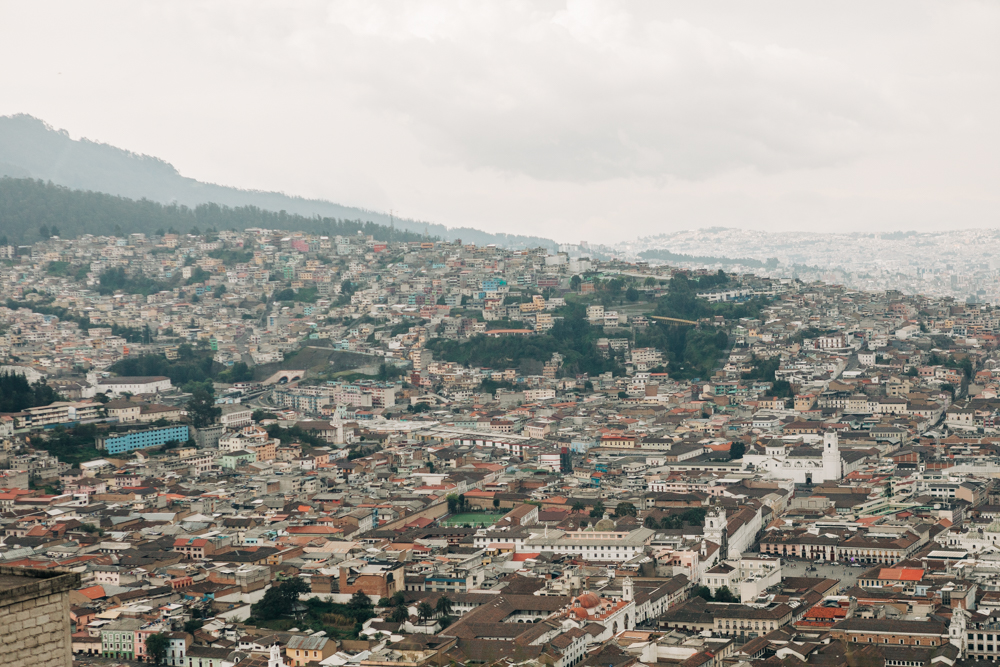
City of Quito. Image Courtesy of Karthika Gupta.
River-side Eco-lodge in the Amazon Region
We spent our first day exploring Quito, Ecuador’s capital city which sits at almost 9350 feet, making it one of the highest capitals in the world. A culturally vibrant city, Quito blends a well-preserved historic center with UNESCO World Heritage districts full of charming plazas, baroque churches, and bustling markets. But after a day in town, I was eager to discover the country’s greener side.
The trip began with a four-hour drive to Tena. Along the way, we got a taste of Ecuador’s diverse landscapes as we descended from the highlands to the lowlands. High-altitude mountains transitioned into lush, dense forests that stretched to the banks of the Arajuno River, a tributary of the Napo River—one of the two that feed into the mighty Amazon further south.
Our river-side accommodation, the Liana eco-lodge, is accessible only by canoe. As we boarded our transport, we observed locals using the river as a thoroughfare for their daily activities. The eco-lodge, constructed from all-natural materials, sits completely enveloped by the rainforest. Upon arrival, I was greeted by the sounds of the jungle and the humid air. Keen to stretch my legs, I opted for a night hike with Adrian Canelos, the lodge manager and field guide. A member of the Quichua indigenous community, Canelos shared his unparalleled knowledge of the Amazon’s flora and fauna. During the hike, we encountered scorpion spiders, water snakes, a nesting tarantula, and various species of frogs, some endemic to this region.
The next morning, we embarked on a day hike through the surrounding forests. Canelos explained that the vegetation encompasses both primary and secondary forests which differ in both species composition and layers of canopy coverage. He also pointed out unique aspects of the region’s ecosystem which houses an array of plants, flora, and fauna. We heard the call of the oropendola bird, discovered giant termite nests, and learned about the differences between male and female pine trees.
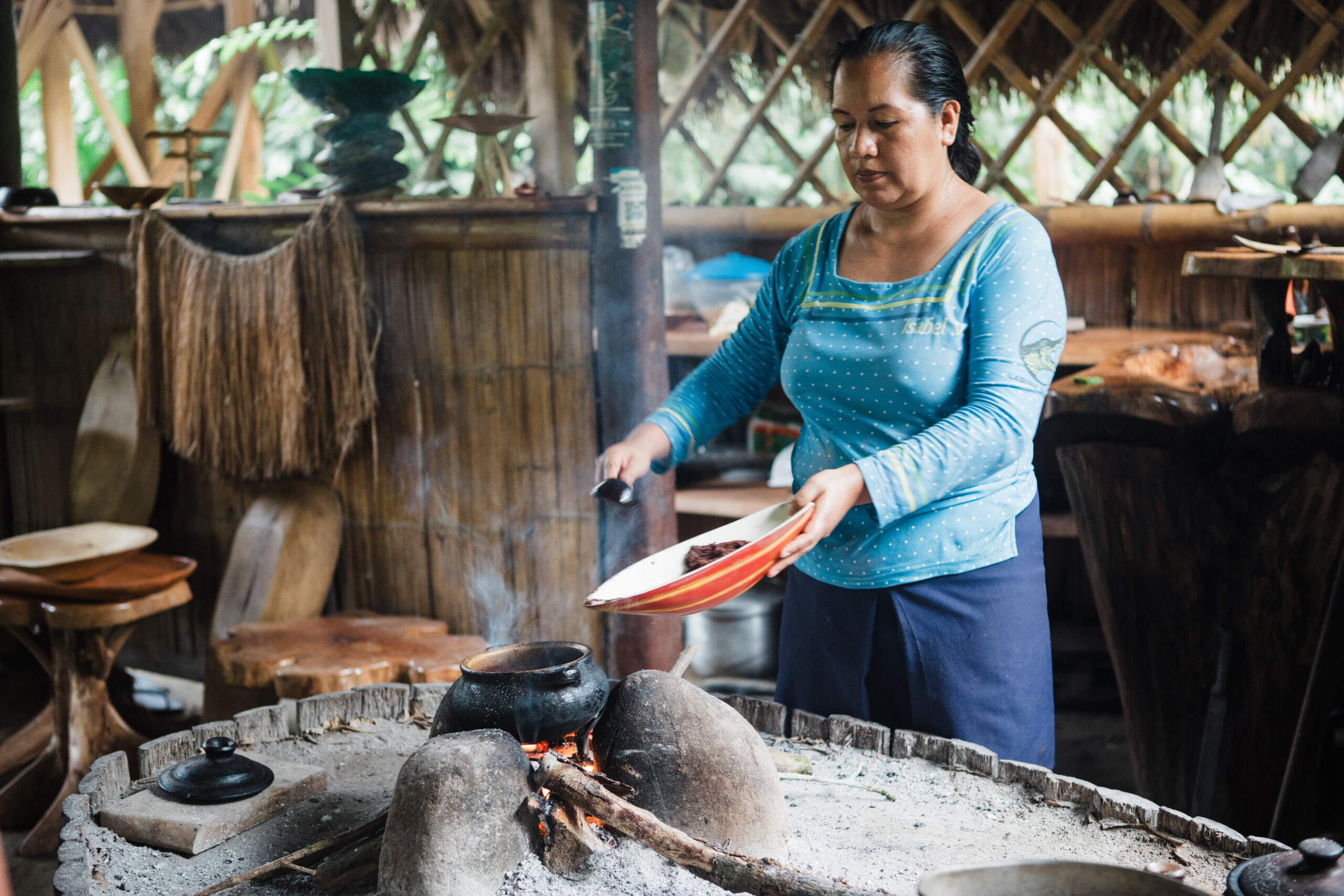
Learning to make chocolate. Image by Karthika Gupta.
Our hike concluded in the most magical way—at the amaZOOnico Rescue Center, one of the largest animal rescue centers in Ecuador. Because the country made it illegal to raise, sell, or buy wild animals, the Ministry of Environment has the authority to confiscate black market wildlife and deliver them to rescue centers. AmaZOOnico rehabilitates the animals with the goal of reintroducing them to their natural environments. Since 1993, they have rescued 3,500 animals, successfully releasing over 1,500 back into the wild. However, around 400 animals, including wooly monkeys, tapirs, macaws, and toucans, are permanent residents at the center. These animals are deemed “incapable” of surviving in the wild due to various reasons, such as trauma, abuse, or ill health.
Later that evening, we crossed the river to visit a Quichua family and learn about their life along the river. We practiced spear hunting techniques, enjoyed having our faces painted, and learned how to make Ecuadorian chocolate, from roasting the cacao seeds to grinding them with a hand press. When boiled over an open flame in a traditional clay pot, the chocolate takes on an earthy flavor with rough grinds that prove surprisingly sweet to taste.
Experiencing life in the Amazon, away from the hustle of city life, was eye-opening. It highlighted how indigenous communities strive to preserve their way of life in a world constantly seeking to modernize. Tena, the nearest town, is more than an hour away from our accommodation. While the area is accessible for essentials like medication, Canelos believes that preserving the old ways of life is crucial for the younger generation to appreciate their cultural heritage. Thus, tourism motivates the communities to become storytellers and documentarians as more visitors visit to understand and appreciate a way of life that’s vastly different from their own.
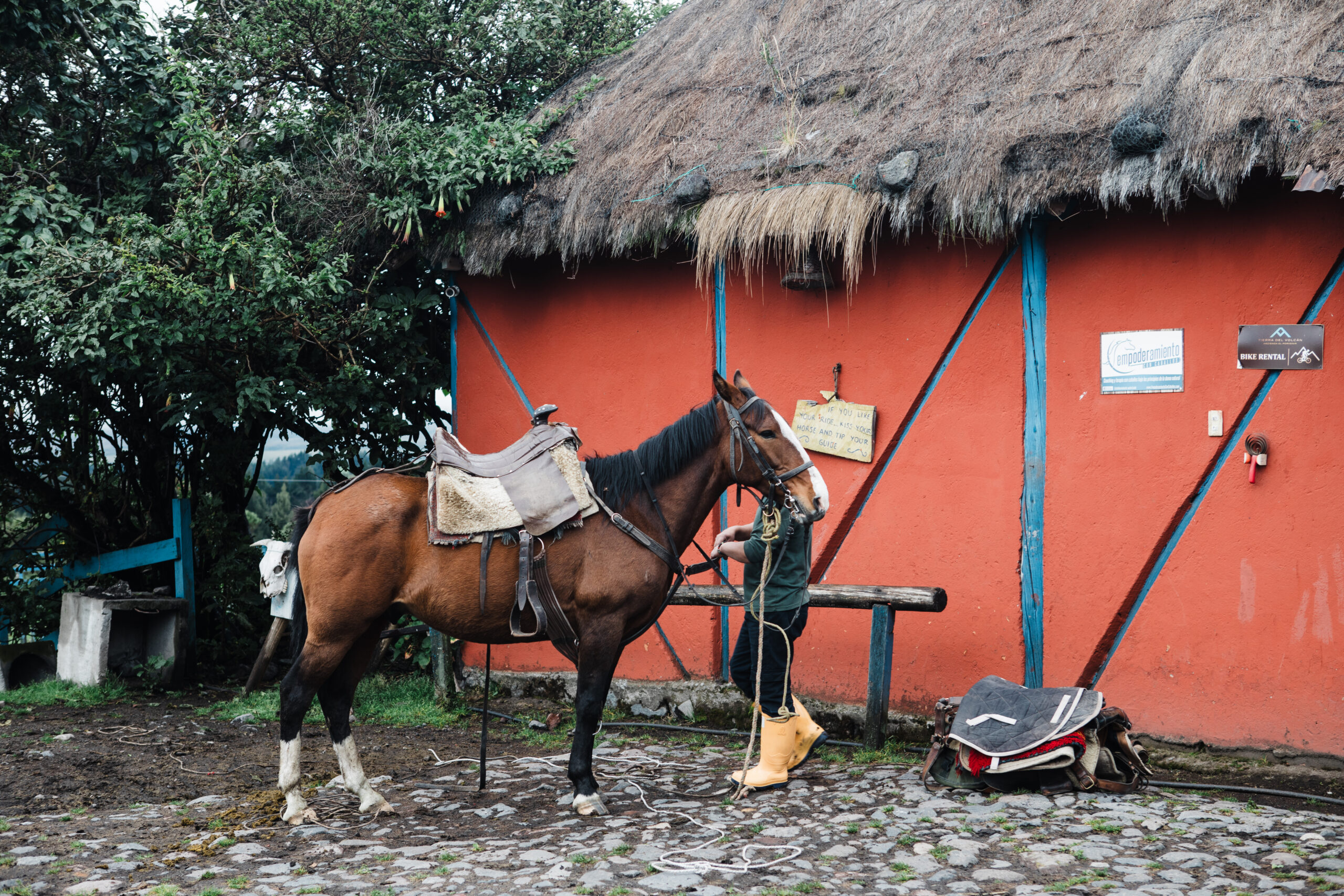
Horseback riding is one of many Intrepid activities. Image by Karthika Gupta.
Exploring Cotopaxi National Park at Hacienda El Porvenir
Although I was sad to leave the green canopy of the forest, our next stop took my breath away for entirely different reasons. After all, who can resist a farm stay in the Andes with postcard views of the iconic Cotopaxi volcano? At 19,347 feet, Cotopaxi’s elevation causes air to cool and condense as it rises, triggering regular cloud formations around the summit. The effect feels like a mini-tornado brewing atop the mountain.
As we journeyed back to the highlands, we took a quick hike around Cotopaxi National Park before heading to Hacienda El Porvenir, situated at an altitude of 11,800 feet. The ranch-style terracotta-hued building with thatched roofs, sits surrounded by lush plants and majestic views. From charming open courtyards to picturesque gardens, every corner of the hacienda tells a story of its past as an agricultural estate and now, equestrian ranch. Jorge and Maria Perez, third-generation ranchers, own it. The property stands out because they use their land for sustainable agriculture, conservation, and ecotourism. They offer activities like mountain biking, hiking, walking, guided horse trips, and equine-assisted therapy camps.
It turns out that a working farm is a thrilling place to experience the Chagras’ (Ecuadorian cowboys) way of life. Maria, a skilled equestrian guide, led us on a three-hour horseback ride through vast terrains and plateaus against the backdrop of the Cotopaxi, Pasochoa, Rumiñahui, and other peaks of Ecuador’s Avenue of Volcanoes. My horse, Cantinero, ambled along with quiet confidence as if to tell me, ‘I got you; let go and be present at this moment.’ From the sound of tall grasses blowing in the wind, the sight of clouds lifting off the summit of Cotopaxi, to the smell of fresh earth kicked up beneath Cantinero’s feet, I abided.
Back at the ranch, we traded saddles for warm seats by the fire and listened to Jorge and Maria share stories of the hacienda’s origins, thanks to the foresight of Jorge’s grandmother, who purchased much of the land before the area became popular. I listened, clinging to the moment as long as I could.
Travel in Ecuador offers a variety of experiences, from exploring biodiverse regions to unique cultures and customs. Doing so with a tour operator like Intrepid Travel adds an additional layer of authenticity that promises unforgettable memories and a deeper appreciation for the wonders of our world. I can’t wait to go back.
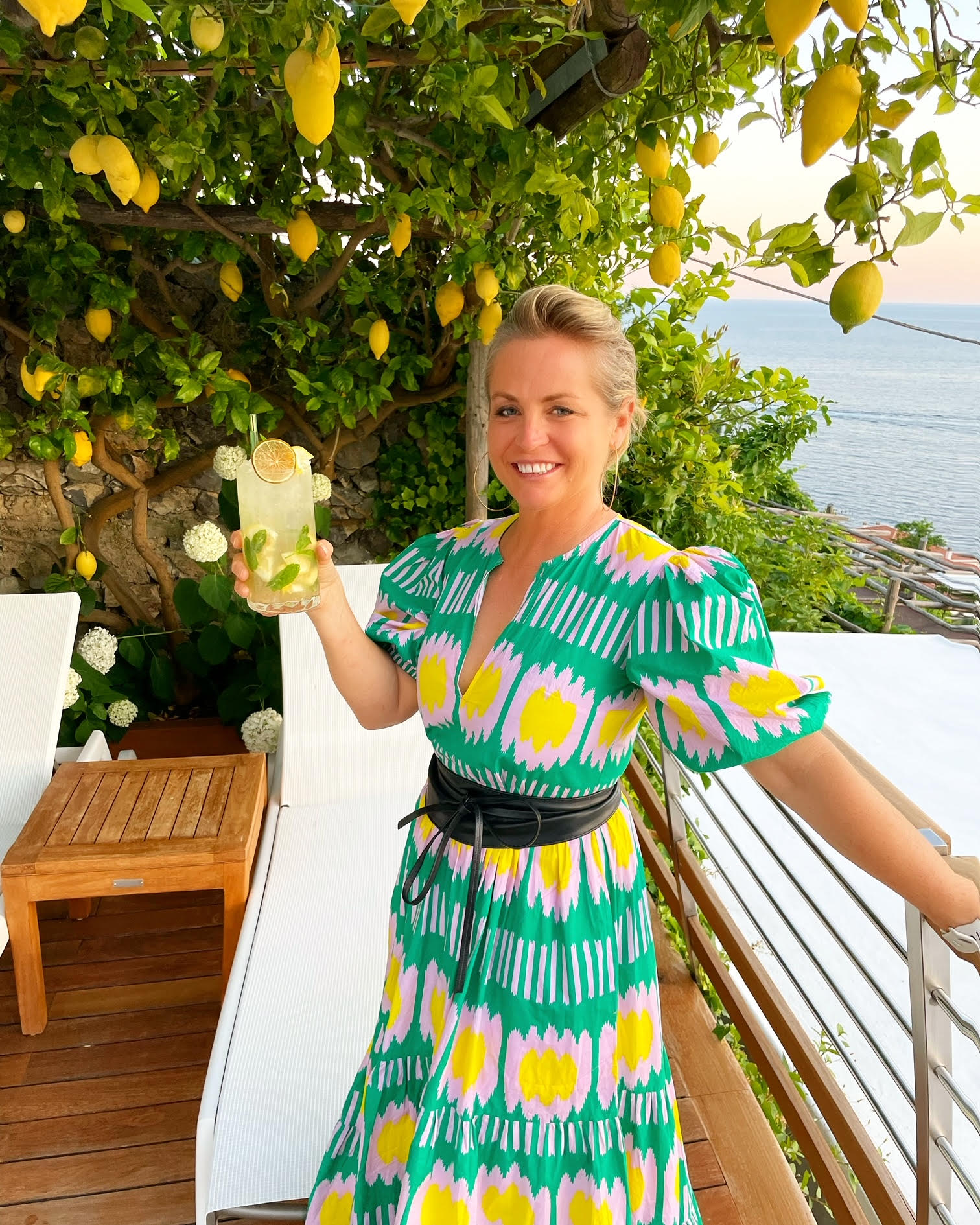
Founder and CEO of Azure Road, Lauren Mowery is a longtime wine, food, and travel writer. Mowery continues to serve on Decanter Magazine’s 12-strong US editorial team. Prior to joining Decanter, she spent five years as the travel editor at Wine Enthusiast. Mowery has earned accolades for her writing and photography, having contributed travel, drinks, food, and sustainability content to publications like Food & Wine, Forbes, Afar, The Independent, Saveur, Hemispheres, U.S. News & World Report, SCUBA Diving, Plate, Chef & Restaurant, Hotels Above Par, AAA, Fodors.com, Lonely Planet, USA Today, Men’s Journal, and Time Out, among others.
Pursuing her Master of Wine certification, she has also been a regular wine and spirits writer for Tasting Panel, Somm Journal, VinePair, Punch, and SevenFifty Daily. Mowery is a graduate of the University of Virginia and Fordham Law School, and she completed two wine harvests in South Africa.
Follow her on Instagram @AzureRoad and TikTok @AzureRoad


